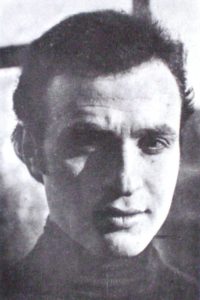
1892 - 1971
Emilio Pettoruti
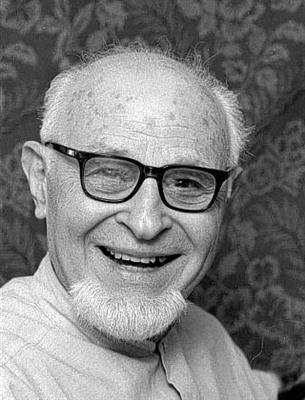
description
An outstanding Argentinean artist, painter and cartoonist, master of scenery, illustrations and mosaic technology, spent the last period of his long creative career in Paris. He was one of the most influential avant-garde artists of Argentina in the 20th century and became famous for his unique style, combining the tendencies of different art movements in contemporary visual art. Galleries and museums in Europe, the United States and other countries purchased the master’s works. However, most are in private collections; hundreds of paintings by the popular artist are exhibited annually at art auctions.
Key ideas:
– Having studied the lighting effects, the artist developed his system of colour solutions, focusing on the correlations and harmonies of shades, for which he experimented with different percentages of each colour in a particular work. At the same time, the artist considered colour in his paintings secondary, so he paid even more attention to the space of his compositions and the form of the objects.
– In Buenos Aires, Emilio practised the choice of musicians as a repeating motive of paintings, which first appeared in Europe. Musicians alone or in groups (for example, Quinteto depicts five street musicians in an almost abstract Cubist style) are of national importance because they are directly related to tango – an integral cultural expression of Argentina. Later on, he adds harlequins to the theme, who, like musicians, have a distinguishing feature – their eyes are almost always closed. For Pettoruti, these characters are “a useful tool for representing the human figure as an anonymous, generalized form, and not as a separate person.” The artist often combined these two themes, as it can be seen on the «Harlequin» canvas, where a character in a mask is playing a musical instrument similar to an accordion.
– Pettoruti initially included glasses, musical instruments, and masks along with bottles and vases in the still lifes. In his later works, objects are close to abstraction, and the entire composition is composed of bright and non-shaded colour planes, which tend to “align” the real shape of objects.
– Looking at the subject from all possible angles (above, below, from the sides and corners), the artist offers them to the viewer at the same time. In the later still lifes, Pettoruti focused on the world and included it in the plot as a “concrete element of the picture,” and not just a source of illumination. It is perfectly demonstrated by the canvas “Sol Argentino”, where sunlight is an essential part that gives the whole work a special effect.
– Pettoruti extended his original talent to stained glass windows, theatrical scenery and costumes. He was also interested in mosaics, and, not limiting the painting to a single texture, included a variety of materials, sometimes found at landfills, in order to catch the light in various ways and add textural properties to the final version of the work.
– In the following years, Pettoruti’s style advanced to absolute abstraction. After he returned to Europe in 1952, he became interested in the effect of design and ornamental pattern. Many of his works of the last decades are devoted to experiments with the geometry of patterns. At the same time, the author gave romantic names to his paintings concentrated on the communicative power of colour and the controlled organization of figures, consisting entirely of geometric fragments – “Summer night” (1953), “Winter in Paris” (1955).
1892
1904
1909 - 1911
1913
1916 - 1922
1923
1924
1930
1940
1950
1960
1971
The birth of the artist
He entered the local School of Fine Arts
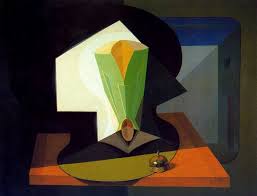
The first solo exhibition

Went to Italy

He lived in Rome

Lived in Vienna

Returned to Argentina

Was appointed director of the Museum of Fine Arts in La Plata

Conducted a retrospective exhibition

The large exhibition of the artist

“The Artist in Front of a Mirror”
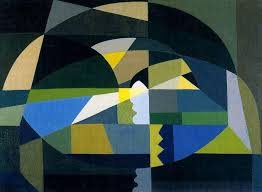
The death of the artist
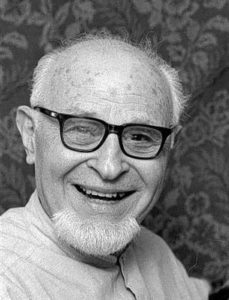
Emilio Pettoruti
On Artist
flow
Renaissance
Expressionism
Cubism
friends
Oscar Agustin Solari
Jose Carlos Mariategui
artists
Fra Beato Angelico
Giotto di Bondone
Masaccio
Carlo Carroy Dalmazzo
Juan Gris
By Artist
flow
Cubism
friends
Oscar Agustin Solari
artists
Lino Aenea Spilimbergo
Juan Carlos Castagnino
Raul Soldi
Raquel Forner
